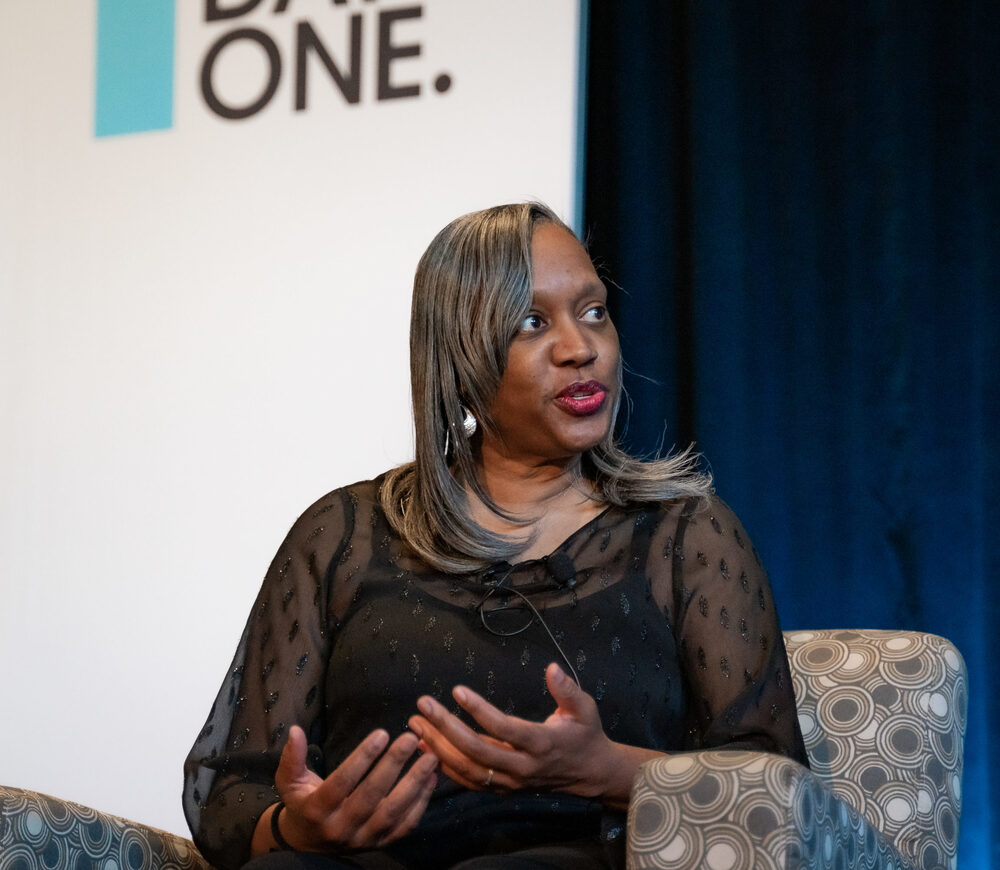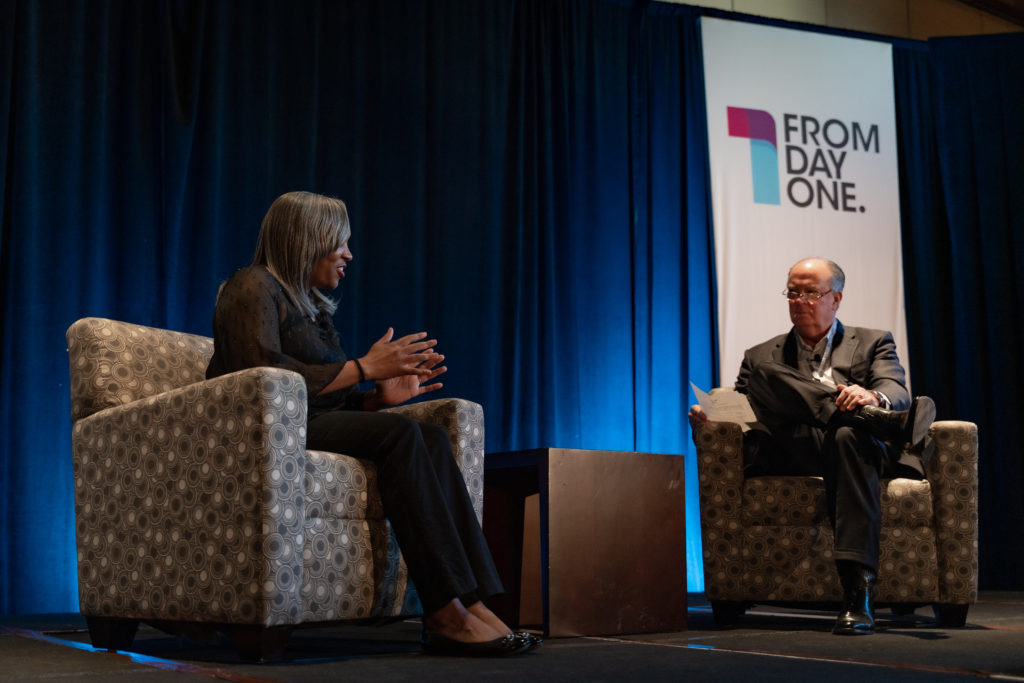Improving Employee Mental Health and Wellness Benefits
There’s no one-size-fits-all approach when it comes to improving mental health. At From Day One’s Boston benefits conference, a panel of industry leaders shared how they promote mental well-being in their own lives.Jodi LaMae, benefits principal, global total rewards at biotech company Boston Scientific, enjoys hot yoga and walking her dogs. Navin Vettamvelil, senior director of total rewards at software company SoftServe, tries to swim four times a week, which he considers underwater meditation. Other responses included boxing, daily meditation, Muay Thai, and cooking.Mental health benefits are no longer a nice-to-have. Recent research shows that 77% of workers are very (36%) or somewhat (41%) satisfied with the support for mental health and well-being they receive from their employers. In a 2024 survey of 50 benefits leaders across the U.S., 94% of respondents say offering mental health benefits is “very important” to prospective employees—nearly triple the rate of benefits leaders who said this a year earlier.“It’s imperative that we let employees know that mental health is just as important as physical health. A lot of preventive medicine is covered, but many charge for therapists,” said Shawna Oliver, the AVP and head of global benefits and wellness at Manulife. “It’s important to signal to your employees ‘we want you to do this.’ The minute everyone starts talking about it, that’s when barriers start coming down.”Despite the strides made in the workplace, misconceptions and stigmas remain. “As a vendor who works for hundreds of employers, I found that there’s a recognition that mental health and substance abuse are highly stigmatized,” said Yusuf Sherwani, CEO and co-founder of substance abuse management clinic Pelago. “These are not things that people choose. Specialized solutions can be very effective. The final piece is about promoting utilization—by [letting people know] it’s safe, and it’s confidential,” he said.The panel of speakers from left to right included moderator Katie Johnston, reporter at the Boston Globe, Jodi LaMae of Boston Scientific, Robin Berzin of Parsley Health, Yusuf Sherwani of Pelago, Navin Vettamvelil of SoftServe, and Shawna Oliver of ManulifeAnother strategy to support employee well-being is focusing on preventative care. “When it comes to life therapy sessions with a counselor, we put limits” offering three sessions a month or ten a quarter, says Vettamvelil. “Our real focus is about the prevention rather than the cure. If you can nip it in the bud, you can control things down the line.”Robin Berzin, MD, founder and CEO of holistic health company Parsley Health, agrees. A lot of people aren’t getting the right care, she says. “When I was in training, we created a revolving door between primary and specialized care,” she said. “When 60% of adults have a chronic condition, that does not work. At Parsley, we treat the root cause to see if we can slow down the revolving door.”She reports that 25% of their users have two or more conditions. “When we look at the mental health component, I want to ask why everyone is so anxious. It’s not all in our heads. We sit 11 hours a day. A sedentary lifestyle will cause anxiety, insomnia. We’re not a set of organs in jars.” Investing in mental health benefits has a significant impact on ROI.“A lot of times when we say we cover mental health care people look at me like it’s a money pit,” said Oliver. The reality is that it’s less than 1% of the budget, and on top of utilization going up, she reports that short-term disability dropped. “Benefits are not a silo. It’s our job as leaders to say it’s the entire package.”The panelists agreed that communicating benefits is equally important to the offerings themselves. “We have a team that ensures there’s info on mental health benefits in the rec room,” said LaMae. Manulife is now actively planning out mental health month initiatives, offering activities nearly daily, says Oliver. It’s also important to raise these discussions and prioritize well-being as leaders. “We have to talk about it, and say ‘Hey, I’m going for a walk to clear my head,’” said Oliver. “If it doesn’t start with you, it’s never gonna happen.”Holistic care should also be family-inclusive. Sherwani urges people to see mental health and substance abuse not just as an employee challenge, but as a family challenge. “18 months ago we expanded to adolescence, previously an underserved demographic,” he said. “In terms of promoting these programs, people can just put up their hands and know when to reach out.”Not all cultures have the same openness toward mental health as America. Americans abroad might need services that are not as widely offered in their current countries, like telehealth, says LaMae. “Promoting wellbeing is important: make sure employees know about their benefits and they know how and where to get care,” said LaMae. “Work with ERGs,” she advises, “sometimes people aren’t comfortable going to HR, but having employees that double as well-being champions [really helps].”Angelica Frey is a writer and a translator based in Boston and Milan.





